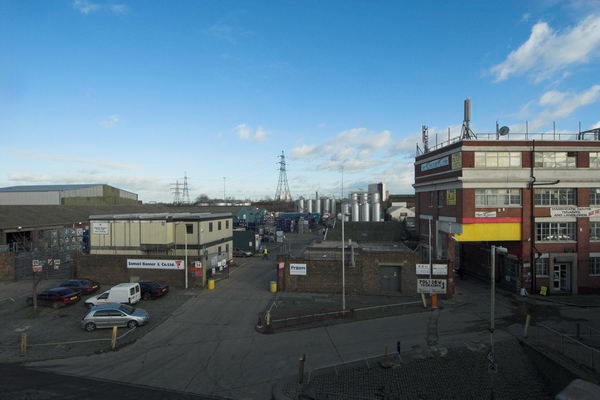
An Olympic Bike Ride: At the end of 2002 I finally bought a Brompton, a rather expensive folding bicycle which then cost me around £600. Perhaps not a lot for a new bike then and certainly not now, but rather more than the £13-7s6d or so the other bike I was still riding had cost in 1958.
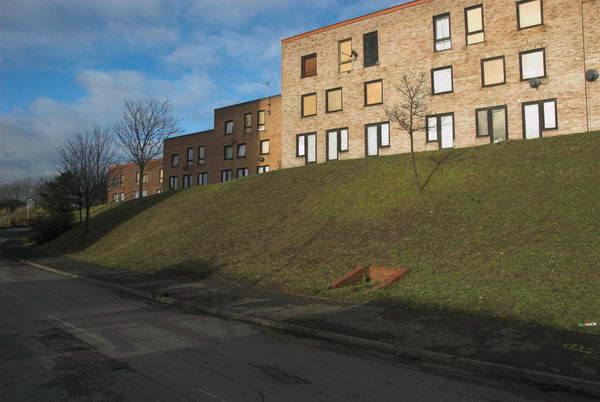
I’d been thinking about it for years, and it would certainly have been very useful for the work that I’d been doing around outer London in the previous decade, but I’ve only used it infrequently for my photography.
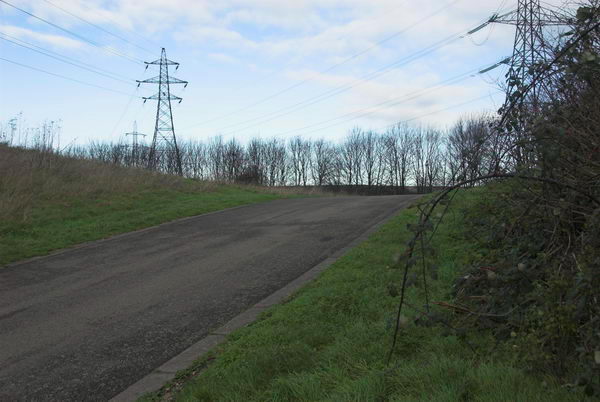
Though it’s a great way to get to places, taking it by train or underground and riding from a convenient station, Bromptons are a powerful magnet for bike thieves, so easy to put in a car boot or van, and selling at a relatively high price. It isn’t safe to lock them anywhere in public view when even the best cycle lock can only detain the well-equipped thief for around 30 seconds.
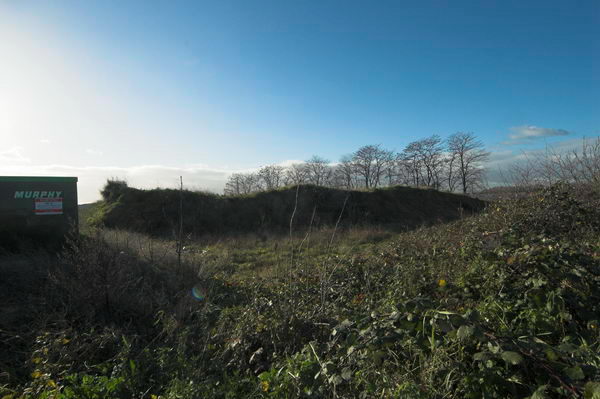
So rather than using it for my general photography – mainly of protests and other events – I’ve used it for cycle rides on which I’ve taken photographs, both around where I live – it’s easier to jump on and off than my full-size bike – and in and around London.
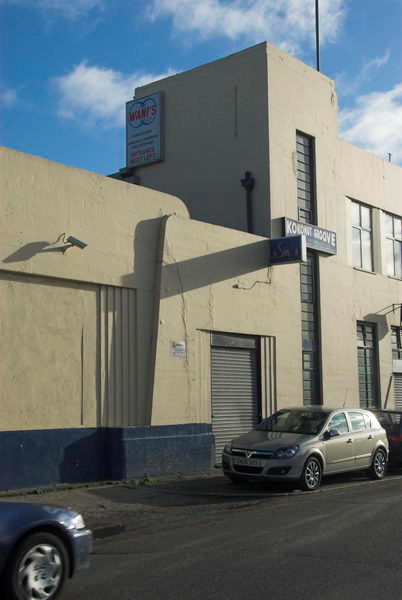
Thursday 4th January 2007 was a nice winter’s day, not too cold and blue skies with just a few clouds, and I went with the Brompton to Waterloo and then on the Jubilee Line to Stratford. Preparations had begun for the 2012 London Olympics and I wanted to see and photograph what I could of the changes that were taking place.
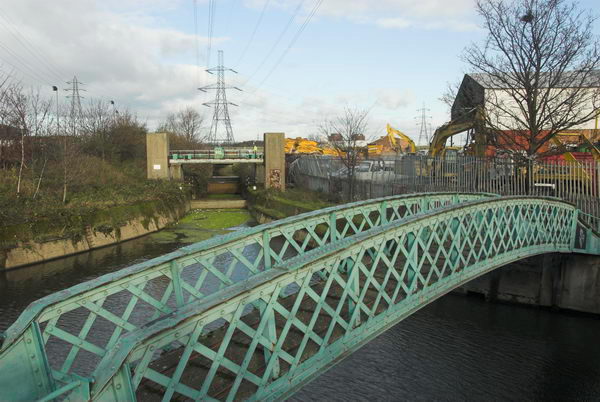
My account of the day on My London Diary begins with my tongue-in-cheek suggestion that it would have been much preferable on environmental ground to shut down Heathrow and use that as the Olympic site, but goes on to describe a conversation I had with one of the residents at Clays Lane, then about to be demolished (spelling etc corrected.)
‘he talked of living in a fascist state, with lack of consultation and individual powerlessness, and of the games as having always had a militaristic overtone. hardly surprising there is little support for the games here, as initial promises that people from the Clays Lane Housing Co-operative would be rehoused in conditions “as good as, if not better than” their present estate were soon changed to “at least as good as in so far as is reasonably practicable.”‘
My London Diary
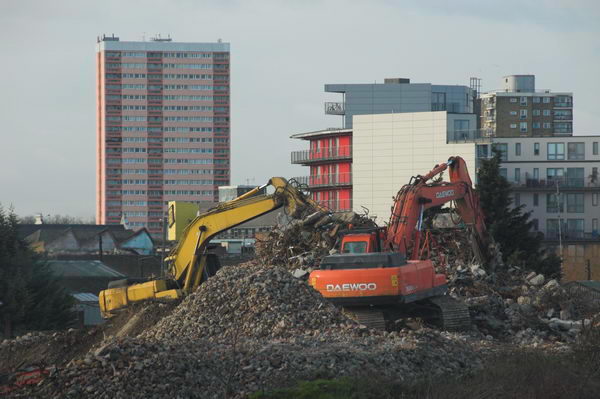
From Clays Lane I moved to the Eastway Cycle Track, already closed and fenced off – I decided against going through a gap in the fence to ride around it. The Community Woodland at Bully Fen Wood was also already closed. and I cycled on around the roads at the north of the site to Hackney Wick.
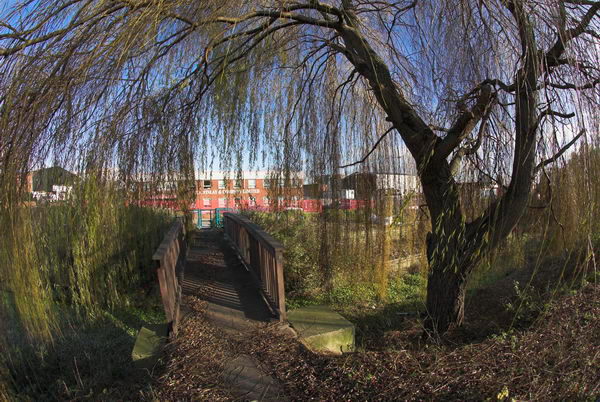
Along Waterden Road I photographed some of the other industrial sites that were to be lost to the games, then turned along Carpenters Road and into Marshgate Lane, all soon to be fenced off and everthing on them destroyed. After taking pictures around Marshgate Lane I went back and into Hackney Wick, photographing the Kings Yard workshops on Carpenters Road soon to be demolished on my way.
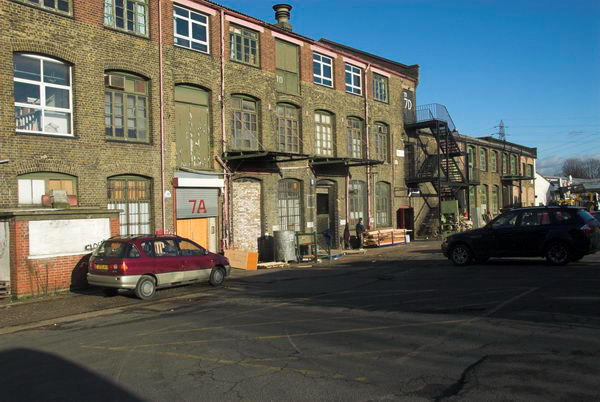
Hackney Wick to the west of the Lea Navigation is largely outside the Olympic compulsory purchase area, but some large areas of industry were scheduled for demolition and I took more pictures. I found the towpath here beside the navigation still open and rode down it to Stratford High Street, where more industry to the north of the road is also going.
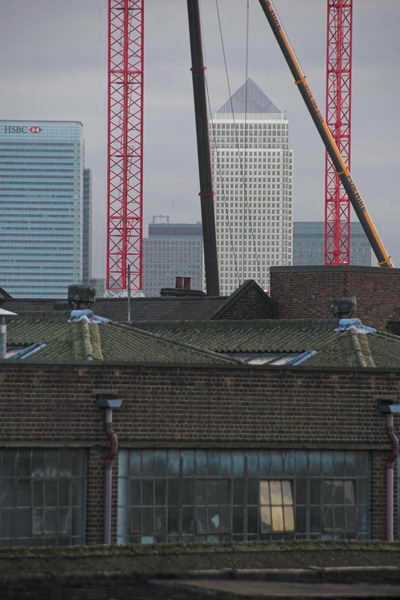
I spent some time going up the roads and paths here going from the High Street into Stratford Marsh which were still open, then went east along the top of the outfall sewer past areas also covered by the Olympic CPO.
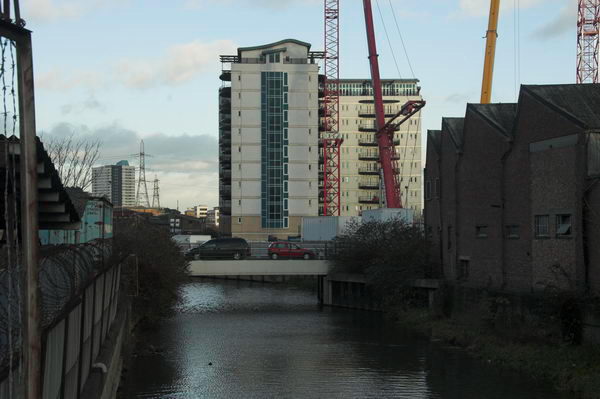
There was still a little light and I came down from the ‘Greenway’ and cycled down to Bow Creek from West Ham, going down the path on the west side of the creek to the Lower Lea Crossing. I wanted a picture showing the Pura Foods site then being demolished, but also made a number of other twilight pictures from this elevated viewpoint, and also some from the Silvertown Way viaduct as I made my way to Canning Town Station for the train home.
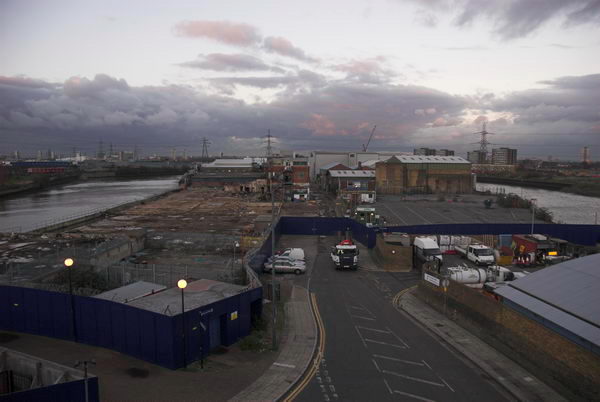
Many more pictures from this ride on My London Diary, starting a little way down the January 2007 page.






















